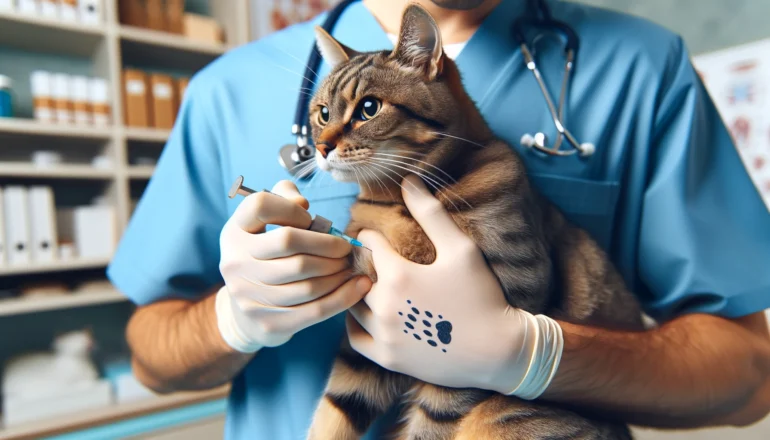When it comes to the safety and well-being of our feline friends, every small step counts. Microchipping your cat might seem like a minor detail in the grand scheme of pet ownership, but this tiny device can make a world of difference. Imagine the heartbreak of losing your beloved pet and the overwhelming relief when they are safely returned home. In this article, we’ll explore how microchipping works, the incredible impact it can have on your cat’s life, and why this simple measure is a crucial step for every responsible pet owner. From understanding the process to real-life success stories, you’ll discover how a little chip can ensure your furry companion’s safe return, giving you peace of mind and your cat a lifeline.
Table of Contents
What is Microchipping?
Microchipping is a method of providing permanent identification for your cat. A microchip is a small, electronic device about the size of a grain of rice, which is implanted just under your cat’s skin, typically between the shoulder blades. Each microchip contains a unique identification number that can be read by a special scanner. This number is registered in a database along with the owner’s contact information, allowing lost pets to be reunited with their owners.
The Process of Microchipping Your Cat
The process of microchipping your cat is simple and quick. Here’s what you can expect:
- Visit the Veterinarian: Schedule an appointment with your vet. The microchipping procedure can be done during a routine visit.
- The Procedure: The vet uses a syringe to inject the microchip under your cat’s skin. This is a quick and painless procedure, similar to a vaccination.
- Registration: After implantation, you’ll need to register the microchip with your contact information. This is a crucial step to ensure you can be reached if your cat is found.
Benefits of Microchipping
Microchipping offers several significant benefits:
- Increased Recovery Chances: Microchipped cats are much more likely to be returned to their owners if they get lost. Shelters and veterinary offices routinely scan found animals for microchips.
- Permanent Identification: Unlike collars and tags, which can be lost or removed, a microchip provides a permanent form of identification that stays with your cat.
- Enhanced Safety: Microchipping is a safe procedure with minimal risk to your pet. The chip does not require a power source and remains functional for your cat’s entire life.
Common Misconceptions About Microchipping
Despite its benefits, some misconceptions about microchipping persist:
- Safety Concerns: Some pet owners worry about the safety of microchipping. However, the procedure is safe, and adverse reactions are rare.
- Tracking Myths: Microchips are not GPS devices. They do not track your pet’s location but provide a reliable way to identify them if they are found.
- Cost: Microchipping is a cost-effective measure. The one-time fee is affordable and often includes registration.
Real-Life Success Stories
There are countless heartwarming stories of cats being reunited with their owners thanks to microchipping:
- Bella’s Return: Bella, a tabby cat from Texas, was reunited with her family after being missing for two years. A local shelter scanned her microchip, leading to an emotional reunion.
- Max’s Journey: Max, a curious Siamese, traveled over 100 miles from home. Thanks to his microchip, he was identified at a vet’s office and safely returned to his grateful owners.
Maintaining and Updating Microchip Information
For microchipping to be effective, it’s essential to keep your contact information up-to-date:
- Update Regularly: Whenever you move or change your phone number, update your details with the microchip registry.
- Annual Checks: During your cat’s annual check-up, ask the vet to scan the microchip to ensure it is still working correctly.
Conclusion
Microchipping your cat is a small step that can make a big difference in their safety and your peace of mind. With the benefits of increased recovery chances and permanent identification, microchipping is a valuable measure every pet owner should consider. By understanding the process, dispelling myths, and hearing real-life success stories, you can see why this tiny device is a lifeline for your beloved feline companion. Take the step today and ensure your cat’s safe return home with the simple act of microchipping.





